Taking a pause from the Space Loops canvases, I’m trying my hand at remixing a painting I made in February 2004, called Süfnex. It was one of the first minimal modern paintings I made, veering toward minimal art after years of pop art. After all, I figure, if musicians can remix their own tracks, so artists can remix their own paintings.
The project is a rethinking of the Süfnex design, but with a red, green and blue color scheme — one that struck me when I rediscovered an image of a phone card sporting the mascot of the Japanese baseball team Seibu Lions. But the red, green and blue scheme is also the territory of Ellsworth Kelly, one of my favorite minimal painters. I decided to amp up my paints a bit, throwing in fluorescent paint into the mix, if only for a placebo effect. (If I think the paints look brighter, they must be brighter!)
Below, clockwise from upper left, are: the Seibu Lions phone card; the original Süfnex painting; and four variations of the design.
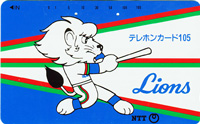 |
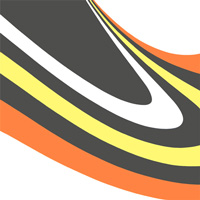 |
|
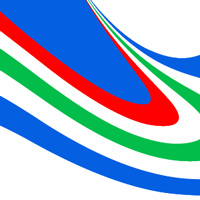 |
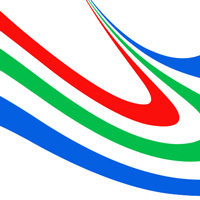 |
|
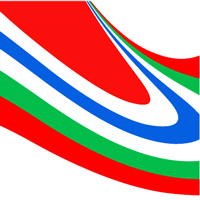 |
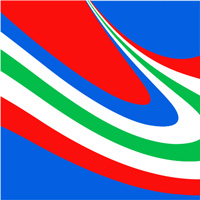 |
|
I’ve really enjoyed the process so far. It’s brought my mind back to what inspired me so long ago. Plus, it’s a series, a form of production of which I’ve grown more fond. Many minimal painters of the 1960s worked in series, propelled by a similar impulse.
Lawrence Alloway — who in 1966 organized a show at the Guggenheim called “Systemic Painting,” which included minimal painters Frank Stella, Agnes Martin, and others — described the serial process in minimal painting as “One-Image art.” Read the full essay here. Alloway explains the serial approach to minimal painting in a very powerful way, in a way that really resonates with me, as follows:
The artist who uses a given form beings each painting further along, deeper into the process, than an expressionist, who is, in theory at least, lost in beginning; all the One-Image artist has to have done is to have painted his earlier work. One-Image art abolishes the lingering notion of History Painting, that invention is the test of the artist. Here form becomes meaningful, not because of ingenuity or surprise, but because of repetition and extension. The recurrent image is subject to continuous transformation, destruction and reconstruction; it requires to be read in time as well as space. In style analysis we look for unity within variety; in One-Image art we look for variety within conspicuous unity. The run of the image constitutes a system, with limits set up by the artist himself, which we learn empirically by seeing enough of the work. Thus the system is the means by which we approach the work of art. When a work of art is defined as an object we clearly stress its materiality and factualness, but its repetition, on the basis, returns meaning to the syntax.
On that note, I will leave you with an image of work in progress — taken in my studio this evening:

Tags: in the studio


holy sh*t man.